White Hippo Cartoons
I love discovering things that I never heard about and turn out to be huge.
Have you ever seen these characters?

These are the Moomin. Behind these cute cartoons is a gigantic Scandi phenomenon.
What is it?
The Moomin are (originally) a series of illustrated children novels. They started out as individual comic strips in 1945.
The characters have silly names like Snorkmaiden, Moomintroll, Snufkin, Moominpapa, and such. Not gonna lie, I find those names weird.
It turns out that the moomin are a gigantic, worldwide success story.
How big is it?
It’s a huge franchise.
The characters were in a theatre play, and an opera. There’s a store in London, there’s even a freaking theme park in Finland, and another one in Japan. There’s a dedicated museum in Tampere.
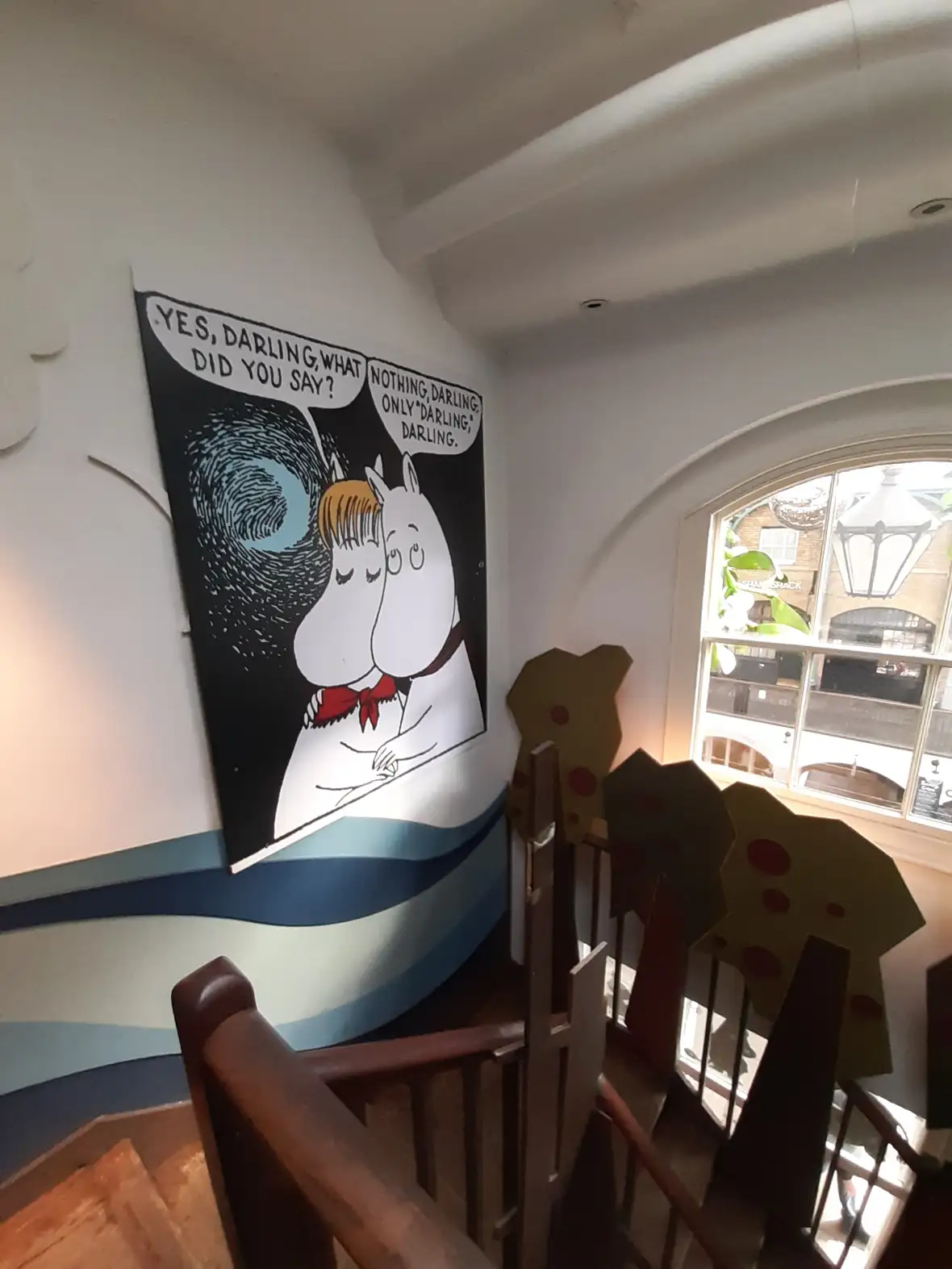
On top of all of that:
- The books were translated into 55+ languages
- The annual retail value of Moomin: 720+ million EUR
- 35+ Moomin shops and Moomin cafés exist globally, and expanding
- The TV series (Moominvalley) was sold to over 60 countries
How to read the books
The children novels are the most popular, but there are comic strips and young children’s picture books. I was primarily interested in the comics.
Comic strips
There are 2 ways to read the comic strips:
1. Large, black and white format.

The biggest comics are A4-sized books containing multiple stories.
Each story is roughly 20 to 25 pages. A single album is about the same length as a Franco-Belgian comic like Tintin/Gaston.
2. Individual, color comic strips
The strips are small and sold individually in full-color books.
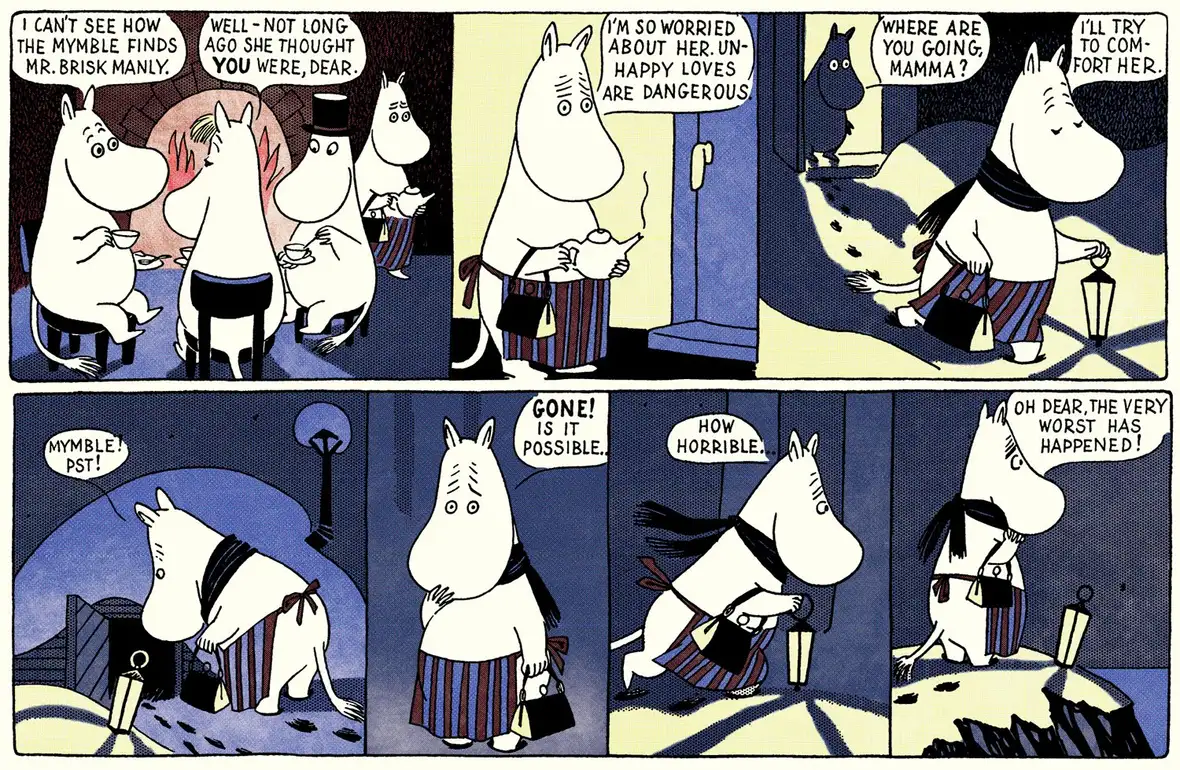
The Moomin books
The books are not comic books, they’re regular children novels with illustrations. The Moomin books don’t have volume numbers so if you want to read the books in chronological order, here’s the list.
Ordered by original publication date:
- The Moomins and the Great Flood (1945).
- Comet in Moominland (1946).
- Finn Family Moomintroll (1948).
- Exploits of Moominpappa (1950).
- Moominsummer Madness (1954).
- Moominland Midwinter (1957).
- Tales from Moominvalley (1962).
- Moominpappa at Sea (1965).
- Moominvalley in November (1971).
The Moomin Canon
When I first researched this, I saw “The Moomin Canon” mentioned in a few places on the Internet. The Moomin canon are the books that came out roughly between 1950 and 1970, in English.
The canon starts at book 2, Comet in Moominland and finishes at book 9, Mooninvalley in November. The first book is missing because it was only translated into English much later.
Tove Janssen
Moreso than the Moomins universe, I found found the life of the author fascinating.

Tove Janssen (/ˈtuːve ˈjɑːnson/) is Finnish but grew up speaking Swedish. Her father fought in the Finnish war of independence which ended in 1919. She started working as a cartoonist in 1930. She has been in a same-sex relationship since 1956, which was technically illegal until 1971.
She wrote the first Moomin book in 1945, during WW2.
I much prefer her art compared to the stories, so here’s a sample of her work:
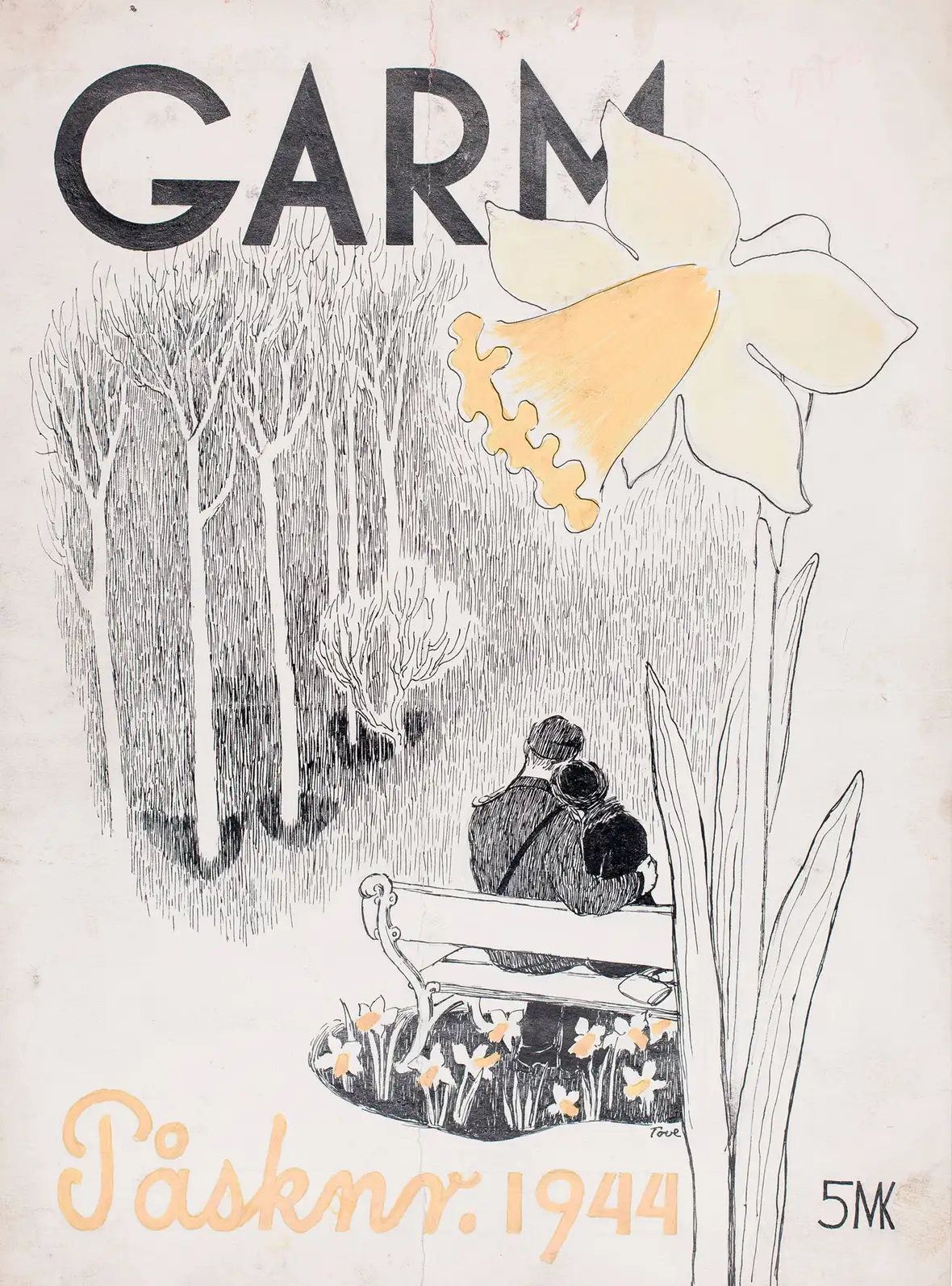
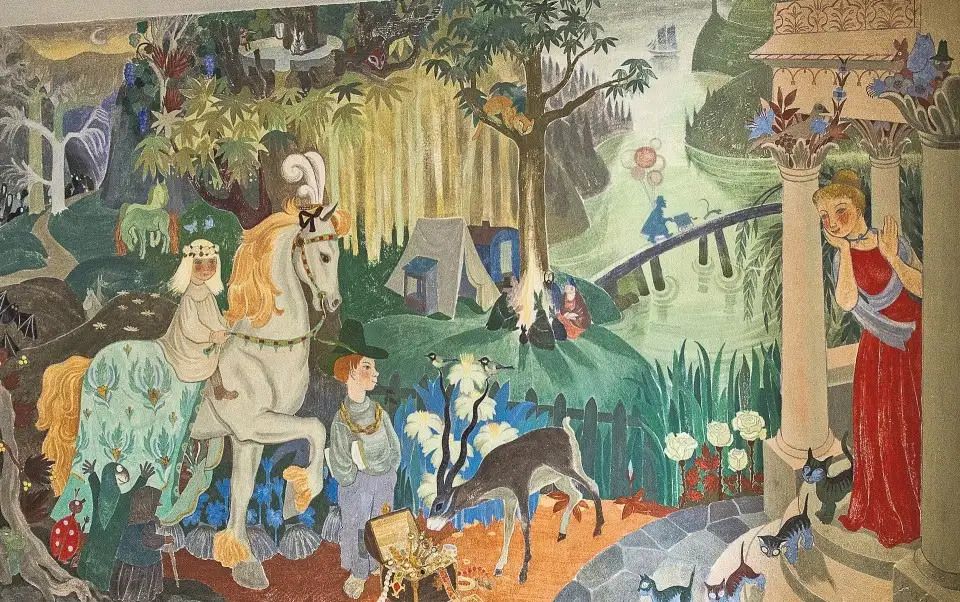
She illustrated the Swedish versions of The Hobbit, and Alice in Wonderland.

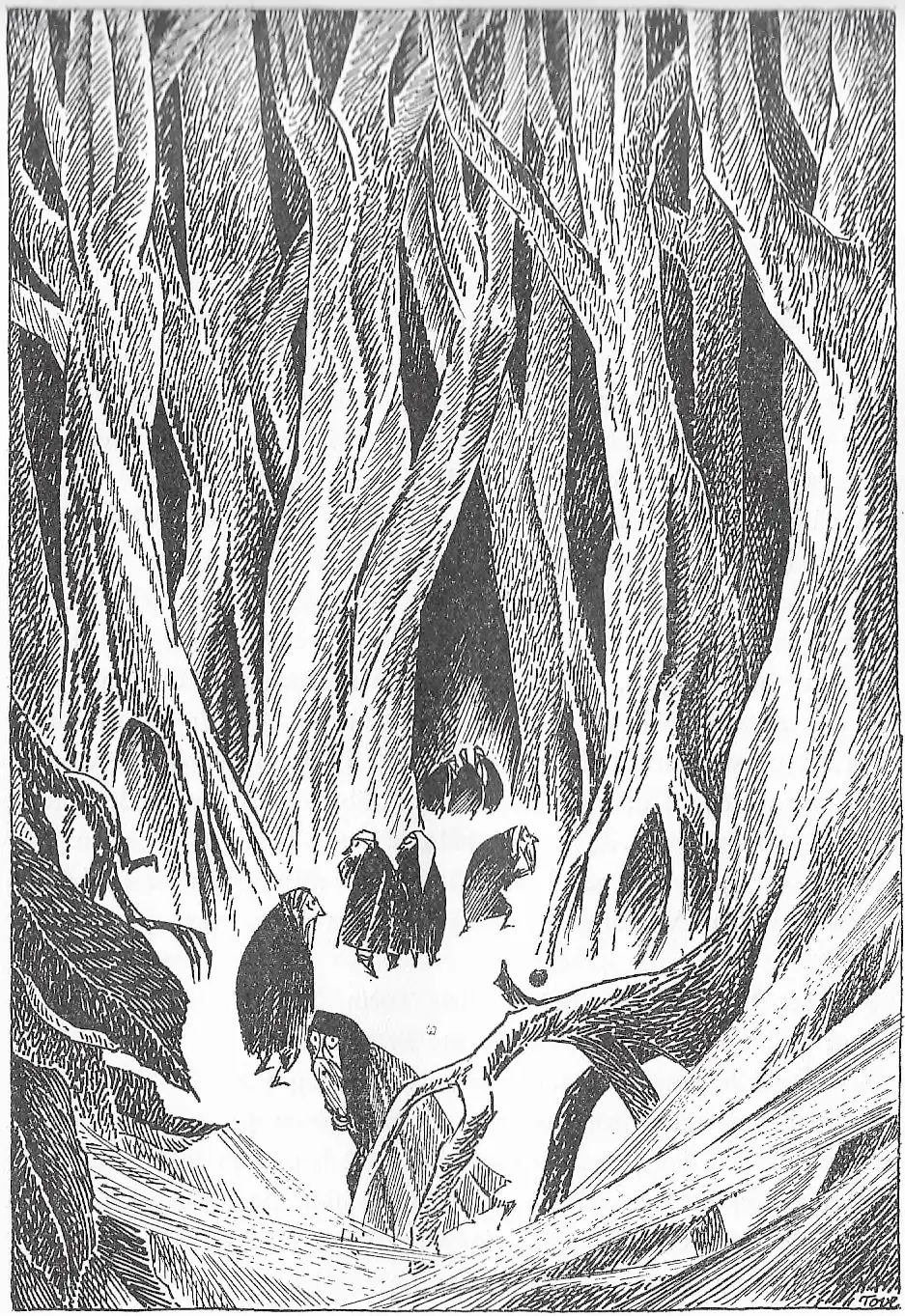
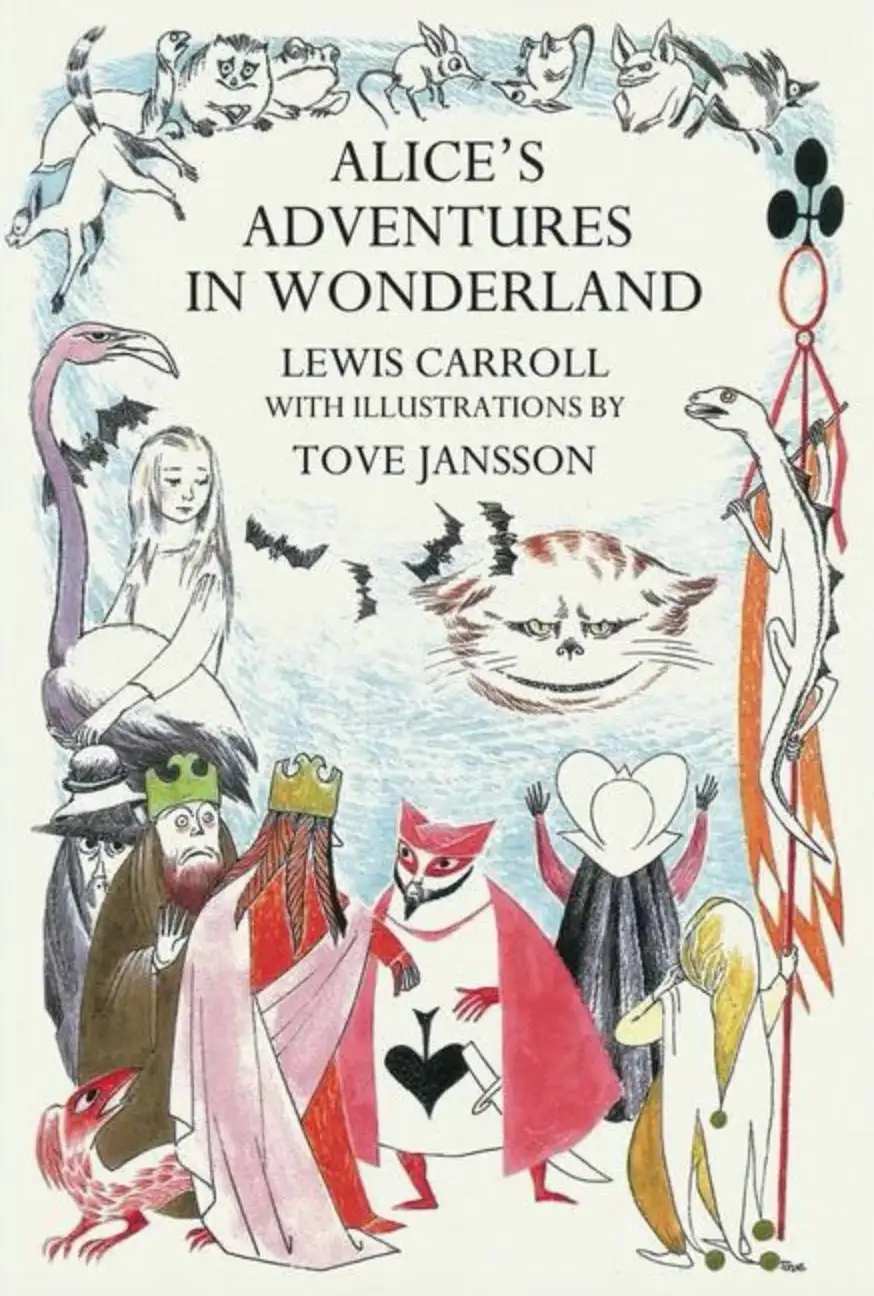
There you go, maybe you learned something new today.
Cheers,
Alvin
Further reading:
- Notes from an island, a memoir written by Tove and her partner about buying an island and building an off-grid house on it.
- Sculptor’s Daughter: A Childhood Memoir. Just that, a memoir.
Sources: